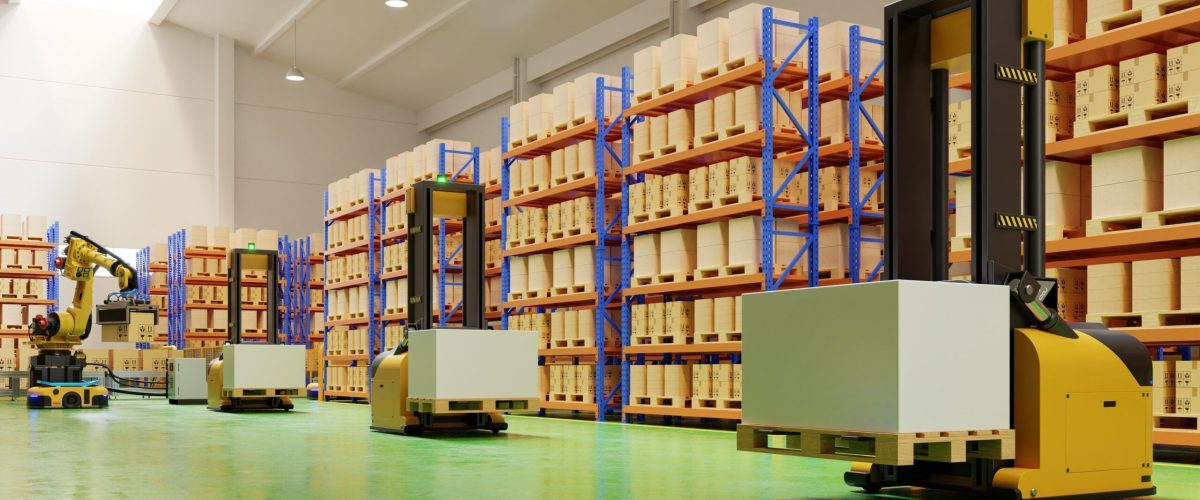Running out of stock on a product may seem like a sign of success, right? Afterall, you have put in the hard work and now it’s paying off. Before you know it, you have reached the top search rankings on Amazon and your products begin selling out quickly. Well, actually this is not a sign of success, it’s a sign of bad inventory management; It’s something that you should avoid at all costs, as it will hurt you in the long run and send you on a downward spiral that will be very difficult to recover from.
Out of stock items are bad for the manufacturer, the seller, but also for Amazon
You may think to yourself, “I am temporarily out of stock, so what? Customers will wait until it’s back in stock”. From the customer’s perspective, finding their favorite product to be out of stock is a source of frustration. At this point this customer may consider different options, including choosing another brand, choosing another online store, choosing to postpone the purchase, or not buying the product at all. This means it will hurt sales, brand image, and customer satisfaction. And if there is something we all know about Amazon, it is that they will do everything possible to keep their customers happy and ensure their retention. As we will see below, Amazon will take a number of measures to ensure that their customers will not encounter out-of-stock items, and this could mean losing some of the achievements that you have gained that put you in this position.
The consequences of running out of stock
Running out of stock has consequences well beyond the loss in sales revenue during the time it is unavailable for purchase:
- Keyword ranking may slide – the minute your product goes out of stock, it will begin affecting your keyword rankings. Afterall, Amazon’s search rankings are based on the likelihood of a purchase. To do this, Amazon looks at the performance of the products. Performance is measured by CTR (click-through-rate in search result), CR (conversion rate on the product page), and especially sales. Once people find your product and consider it relevant, they’ll probably click and buy it. The more people click and buy your product, the more generous the A9 algorithm will rank it. The higher your product ranks, the more people will buy it. This momentum will, in turn, increase your rankings and even enable you to put more resources into marketing initiatives to drive your sales. However, the momentum can stop when the product is out of stock. In fact, Amazon’s algorithm for ranking products will take into account the amount of stock you have on hand, and if that number gets too low, your ranking could plummet due to the negative associations people have with out-of-stock products on Amazon. The longer you are out of stock, the higher the chances that you will experience a significant drop in rankings.
- No reviews – during the time the product is out of stock you will not enjoy reviews. This too may have a negative impact on the product’s ranking and even on your reputation as a seller. Since Amazon is a competitive marketplace, your competitors can use this opportunity to challenge your leading position.
Listing may disappear – If you were the only seller of a certain product and this product is out of stock for a long period of time. Eventually the listing will disappear completely.
Reasons for running out of stock
Common reasons for running out of stock include:
- Shortage of working capital – when sales pick up and you need to constantly increase your inventory size, this may lead to cashflow problems because you rely on the working capital from current sales to increase your order size in order to cope with demand. To be able to expand your business you will need to rely on external funding or on specialized e-commerce inventory solutions, such as Inventory Boost, which I will further discuss below.
- Supply chain issues – in today’s reality supply chain issues can cause delays and disruptions across the supply chain, from manufacturing and on to logistics. Being able to secure a steady supply, often requires diversifying your supply chain resources, which in turn will require additional funds.
- Bad inventory planning – although Amazon provides sellers access to numerous reports to help them better anticipate upcoming orders. It is ultimately up to the vendor to determine which forecast level to use when preparing stock. Amazon naturally encourages its vendors to consider the P90 forecast, meaning there is a 90% chance that the weekly demand is less than or equal to this value, however, it is important as a vendor not to have too much inventory, due to cost in terms of storage, risk of reaching the expiration date for some products…. Finding the right balance can be challenging.
How to prevent and solve stockout issues
- Optimize your inventory management – accurately forecasting the demand for your products is key to optimized inventory management. In addition to the forecast data that Amazon provides, there are solutions that will help you forecast demand and optimize your inventory management, but if you choose to work with Inventory Boost, you will not have to do this forecasting on your own. Based on an analysis of your merchant data, Spott will forecast demand and then fund the additional inventory. The greatest advantage here is that it is a “risk-free” deal, so if Spott’s forecast was inaccurate, you will not lose anything.
- Make sure you have enough funds to increase inventory – if you are going up in your search rankings, it means you will have to prepare for the increase in demand. This means you will have to put up funds in advance before seeing the revenues coming in. Getting the funds up front is not that easy. You should consider the various funding options available for Amazon sellers. Especially Inventory Boost, which offers a risk-free inventory growth service for e-commerce sites that helps you earn more by selling more, without any upfront costs.
- Pause your PPC campaigns – when inventory is low you should consider immediately pausing all marketing spend to slow down sales. You’ll want to discontinue any PPC campaigns, and promotions or deals.
- Increase prices, but very slowly – increasing prices moderately during a short period of time may slow demand to some extent. However, don’t increase too high and make sure it’s not for a long period of time, as research shows that it will hurt your ranking more than actually pulling out the products altogether.




